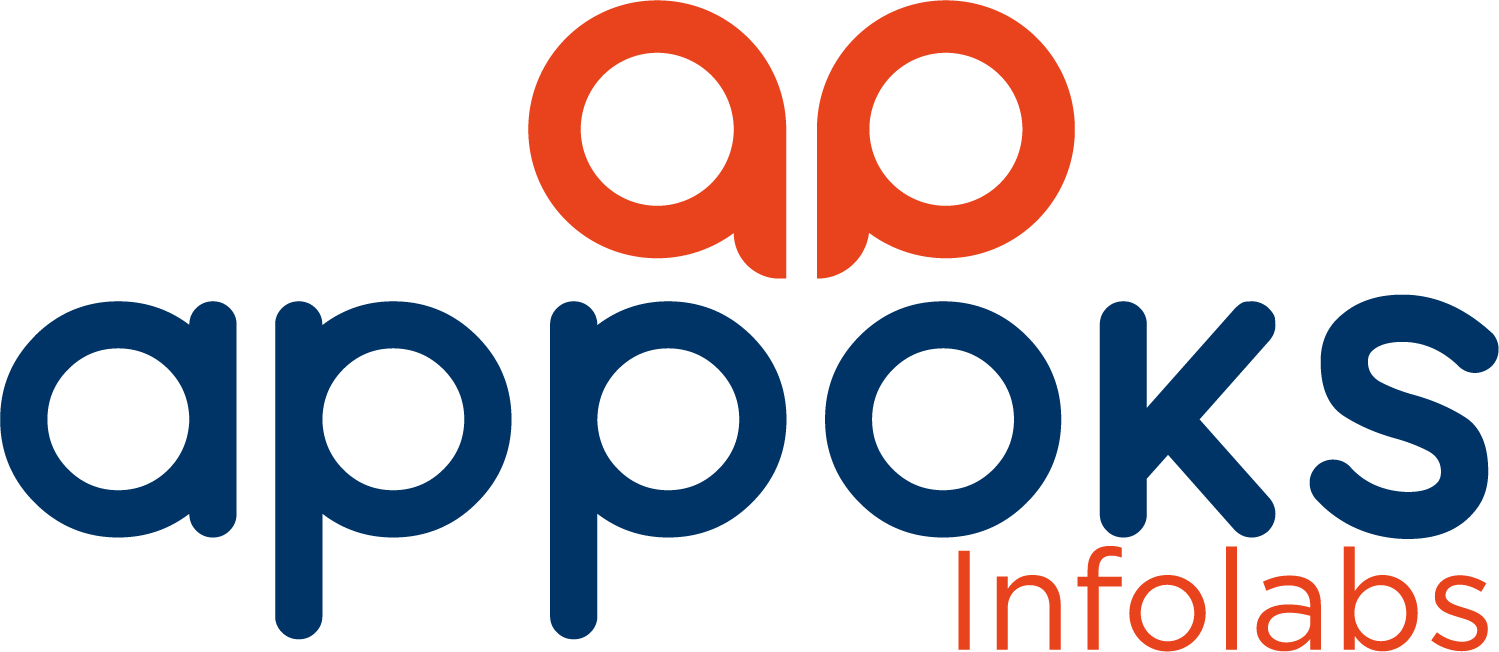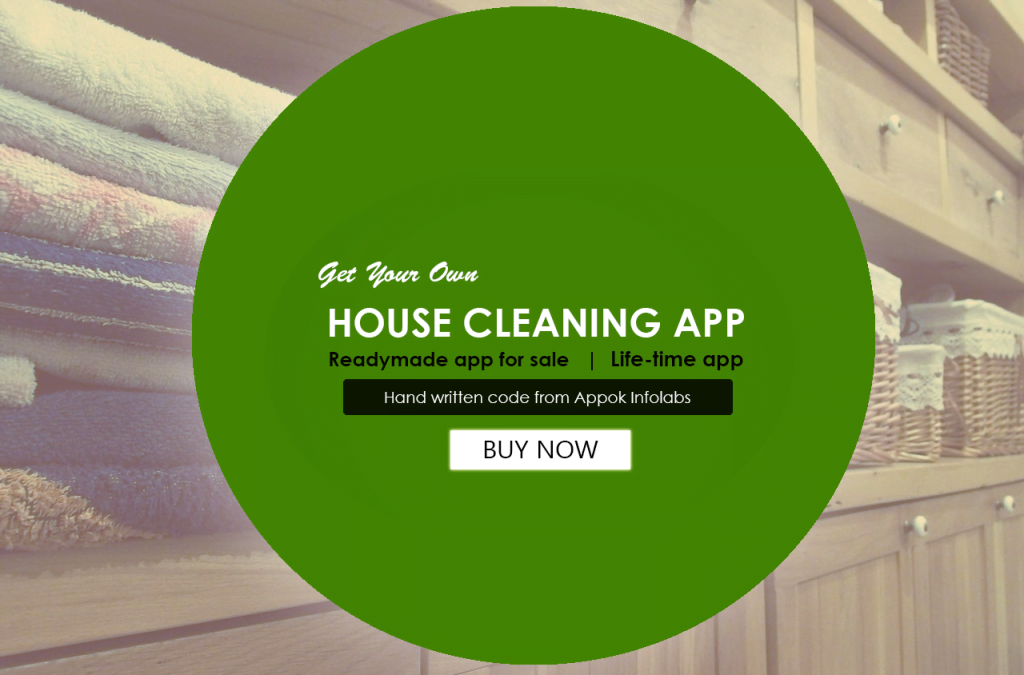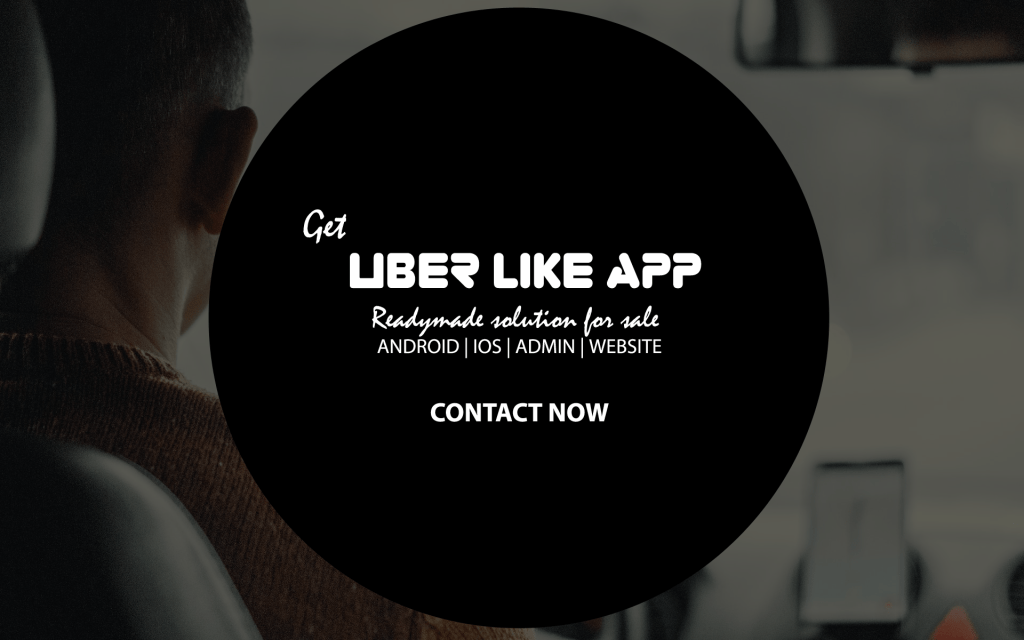Introduction:
Welcome to our comprehensive guide on alcohol delivery apps development. In today’s world, convenience is key, and with the rise of on-demand services, alcohol delivery apps have become increasingly popular. In this guide, we’ll cover everything you need to know about developing an alcohol delivery app, from market research to app design and development. At our company, we’re experts in developing alcohol delivery apps that are easy to use and highly effective. In this guide, we’ll share our knowledge and expertise to help you understand the ins and outs of alcohol delivery apps development.
Key features of an alcohol delivery apps
When it comes to developing an alcohol delivery app, there are several key features that you need to consider. These include:
- User-friendly interface
- Quick and easy checkout process
- Multiple payment options
- Real-time order tracking
- Automated inventory management
- Integration with third-party APIs
The development process
The development process for an alcohol delivery app can be complex, but with the right team and approach, it can be smooth and efficient. Here’s a breakdown of the key steps:
Planning
The first step is to plan out the app’s features and functionality, as well as the user experience. This includes creating wireframes, developing user stories, and mapping out the user journey.
Design
Once the planning phase is complete, the next step is to create a visually appealing and user-friendly design. This includes selecting colours, typography, and layout, as well as creating mockups and prototypes.
Development
With the design in place, it’s time to start developing the app. This involves writing code, integrating APIs, and testing the app’s functionality to ensure it works seamlessly.
Testing
Once the app has been developed, it needs to be rigorously tested to ensure it’s bug-free and functions as intended. This includes unit testing, integration testing, and user acceptance testing.
Deployment
The final step is to deploy the app to the app stores and make it available for download. This involves following app store guidelines, preparing app descriptions and screenshots Market Research Before diving into app development, it’s important to conduct thorough market research. This includes analyzing your target audience, identifying your competitors, and determining your unique selling proposition. By conducting in-depth research, you’ll gain valuable insights that will help you create an app that meets the needs and expectations of your customers.
App Design Once you’ve completed your market research, it’s time to focus on app design. This involves creating a user-friendly interface that’s easy to navigate and visually appealing. Key design elements to consider include the colour scheme, typography, and overall layout. By creating a well-designed app, you’ll enhance the user experience and increase user engagement.
App Development With your market research and app design complete, it’s time to move onto app development. This involves choosing the right technology stack, selecting a development framework, and creating a back-end infrastructure. It’s important to work with experienced developers who can bring your vision to life while ensuring the app is secure and scalable.
App Launch and Marketing Congratulations,
your app is now ready to launch! But before you do, it’s important to develop a comprehensive marketing strategy. This includes creating a pre-launch buzz, optimizing your app for the app stores, and utilizing social media and other marketing channels to promote your app. By creating a solid marketing plan, you’ll increase your app’s visibility and attract more users.
Monetisation Strategies
Once your app is up and running, it’s important to consider monetisation strategies to generate revenue. Some common monetisation strategies for alcohol delivery apps include:
- Commission-based model: Charge a commission fee for each transaction made through your app.
- Subscription model: Offer users a subscription service that provides perks such as free delivery, exclusive deals, or priority access to limited-edition products.
- Advertising: Sell advertising space within your app to alcohol brands or related businesses.
Legal Considerations
Before launching your alcohol delivery app, it’s important to consider the legal implications. Some key legal considerations include:
- Age verification: Implement strict age verification processes to ensure that only users of legal drinking age can use your app.
- Licensing: Obtain the necessary licenses to sell alcohol in your area, and ensure that all regulations and restrictions are followed.
- Liability: Make sure you have adequate insurance coverage in case of any accidents or incidents that may occur during the delivery process.
Marketing
Your Alcohol Delivery App Once your app is developed and launched, it’s important to market it effectively to attract users and increase downloads. Some effective marketing strategies for alcohol delivery apps include:
- Social media marketing: Use social media platforms like Instagram, Twitter, and Facebook to create a strong brand presence and engage with potential users.
- Influencer marketing: Partner with popular influencers or bloggers in the alcohol or food industry to promote your app to their followers.
- App store optimization: Optimize your app’s title, description, and keywords to improve its visibility on app stores like Google Play and the App Store.
- Email marketing: Build an email list of users who have opted-in to receive updates and promotions from your app, and send regular newsletters with new product launches, discounts, and other news.
- Local advertising: Consider advertising your app through billboards, flyers, or other local media channels to attract users in your target area.
Continuous Improvement and Updates
To maintain a successful alcohol delivery app, it’s important to continuously improve and update it based on user feedback and market trends. Some ways to do this include:
- Conducting user surveys: Ask users for feedback on their experience with your app, and use their responses to make necessary improvements.
- Analysing data: Use data analytics tools to track user behaviour and identify areas for improvement, such as improving the user interface or adding new products.
- Updating regularly: Regularly release updates and bug fixes to improve the user experience and ensure the app runs smoothly.
- Adding new features: Consider adding new features and functionalities to keep users engaged and interested in your app.
Please read our other articles:
Conclusion
In this guide, I provided a step-by-step approach to developing and marketing an alcohol delivery app. In section 1, I discussed the importance of research and planning before embarking on app development. This includes identifying your target audience, understanding industry regulations, and considering features that will differentiate your app from competitors.





 Mr. Abhinay is Managing Director at Appok Infolabs.
Having12+ years of experiance in AI. | VR. | ML. and Expertise in Cloud computing | Digital marketing | Search engine optimisation.
Mr. Abhinay is Managing Director at Appok Infolabs.
Having12+ years of experiance in AI. | VR. | ML. and Expertise in Cloud computing | Digital marketing | Search engine optimisation.